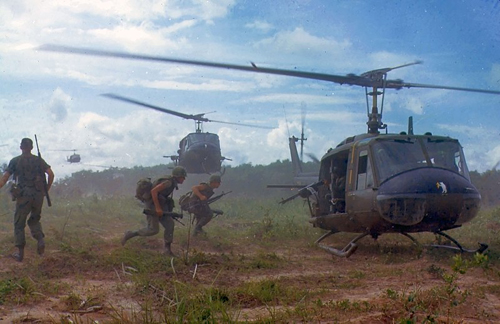During World War II, helicopters were still limited in their capabilities. Thus, they were not used widely, although they did see service as supply and rescue craft, particularly in China, Burma, and India.
During the Korean War in the early 1950s, helicopters were still largely used in a support role. Both the U.S. Army and the Marine Corps used them for search-and-rescue operations, medical evacuations, and to move supplies.
When the U.S. Air Force was created in 1947, a special law prohibited the military from transporting troops in large aircraft.
Related Article – 12 Runway Markings and Signs Explained By An Actual Pilot
But in 1952, the Army and the Air Force signed an agreement that still limited the size of an aircraft the Army could operate but redefined the functions a helicopter could perform in combat.
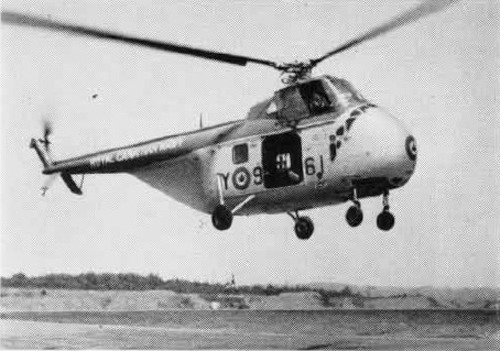
This agreement allowed the Army to begin using large military helicopters. Although the Army used Sikorsky H-19 helicopters to move the 6th Transportation Company to Korea, the agreement came to late to significantly affect the Korean War.
The situation was different during the Vietnam War, which was the first “helicopter war.” The Army quickly adapted its use of the helicopter and refined the way it was fighting the war.
The new concept of warfare was called “air mobility.”
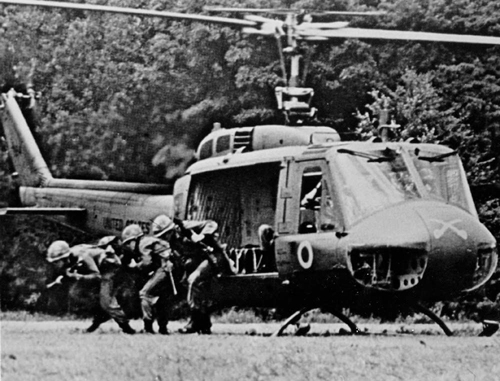
The Army soon used helicopters for large-scale troop movements. Additionally, the military began using them to drop bombs and fire rockets into combat zones.
Related Article – 14 Taxiway Markings, Signs, and Lights Explained By An Actual Pilot
Thus, the helicopter completely changed the way the war was fought. No longer did two armies engage each other on one large battlefield. Instead, troops were flown into enemy territory by helicopter and then extracted once the fighting was over.
Helicopters made the fighting unpredictable and offered an element of surprise.
The military’s preferred helicopters were the UH-1 Huey and the CH-47 Chinook. But by the middle of the Vietnam War, it also began using dedicated combat helicopters like the AH-1 Cobra, which were equipped with guns and grenade launchers.
Between 1962 and 1973, the military lost over 4,800 helicopters, over half of them to enemy fire.
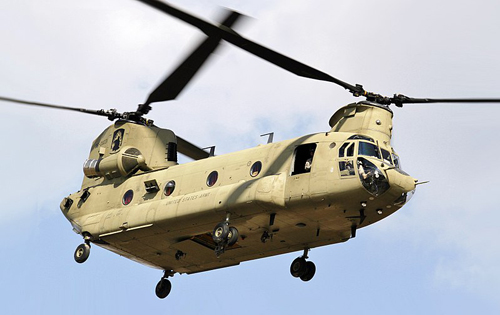
After the Vietnam War, the military redefined its helicopter use to adapt to the threat of a European invasion by the Soviet Union.
With its helicopters, the Army could take on tasks that were previously restricted to the Air Force.
Attack helicopters like the Huey Cobra were heavily armed and able to attack targets deep behind enemy lines. The helicopters were also equipped with advanced navigation systems.
Advanced night imaging systems and newly developed night vision goggles for pilots enabled the Army’s helicopters to fly and fight by night.
In the 1980s, Army helicopters equipped with laser technology specialized in destroying enemy tanks.
Related Article – 5 Best Low Time Pilot Jobs With 250 Hours
These technological advances once again changed how war was fought; the tactics used during the first Persian Gulf War centered on attack helicopters that were used to destroy Iraqi tanks and quickly move large numbers of American troops into Iraqi territory.
Aside from infantry and anti-tank operations, helicopters are used for Combat Search and Rescue operations. During the Vietnam War, the Bosnia crisis, and the bombing of the former Yugoslavia, helicopters with advanced navigation systems were instrumental in several high-profile rescue missions.
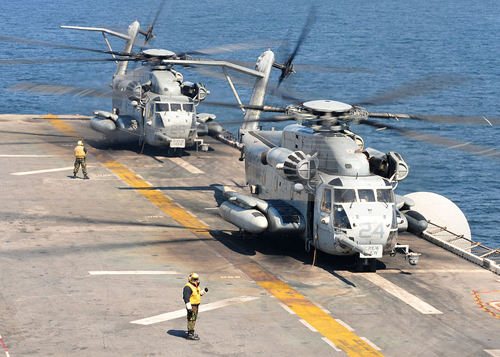
Naval helicopters are used for maritime surveillance, submarine hunting, and mine clearing. With their help, warships are no longer used solely to protect aircraft carriers but also to lead the offensive against other ships at long range.
Manufacturers continue to search for ways to improve the speed, short range, and lifting capability of a helicopter to make them even more useful in the future.
Related Article – Instrument Proficiency Check (IPC): 4 Things You Need To Know

